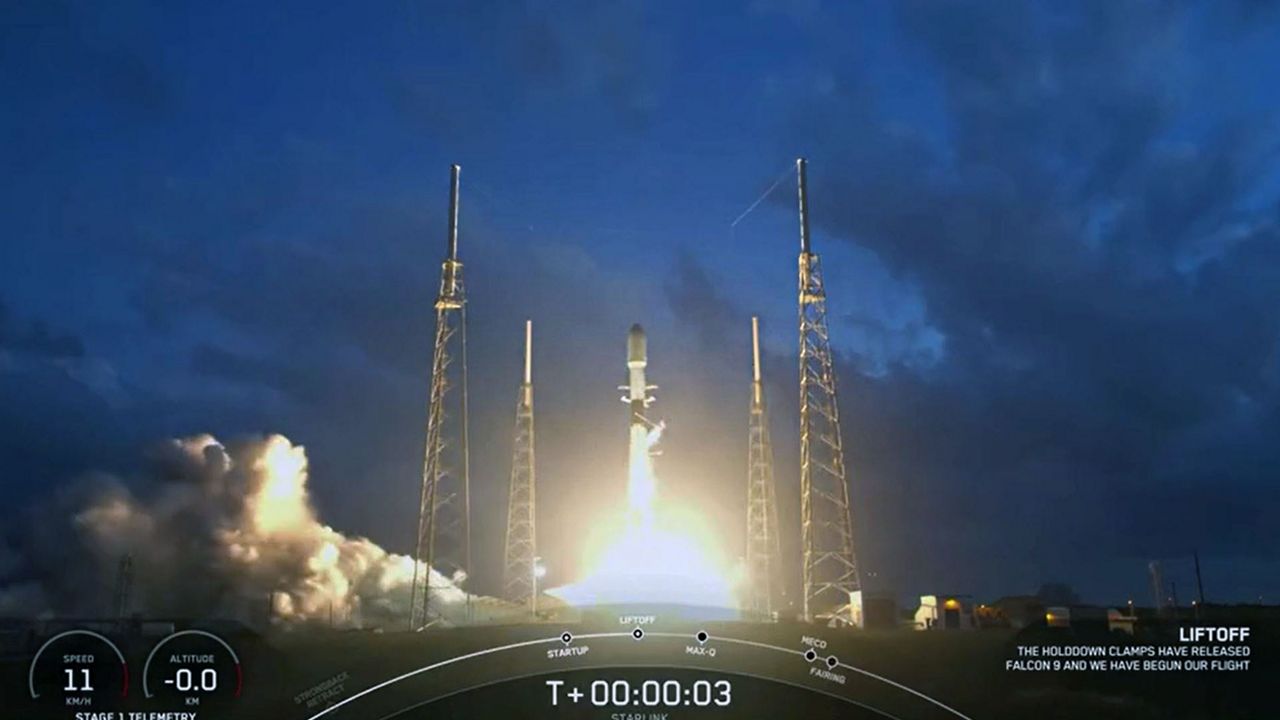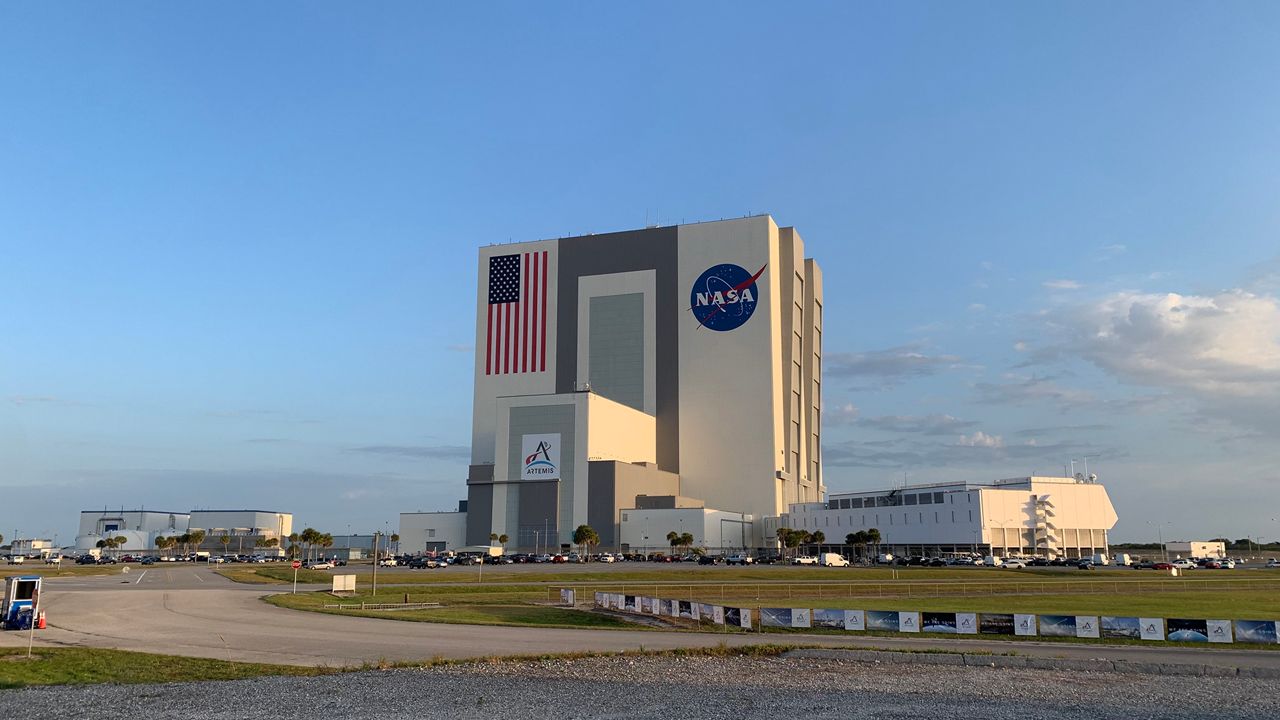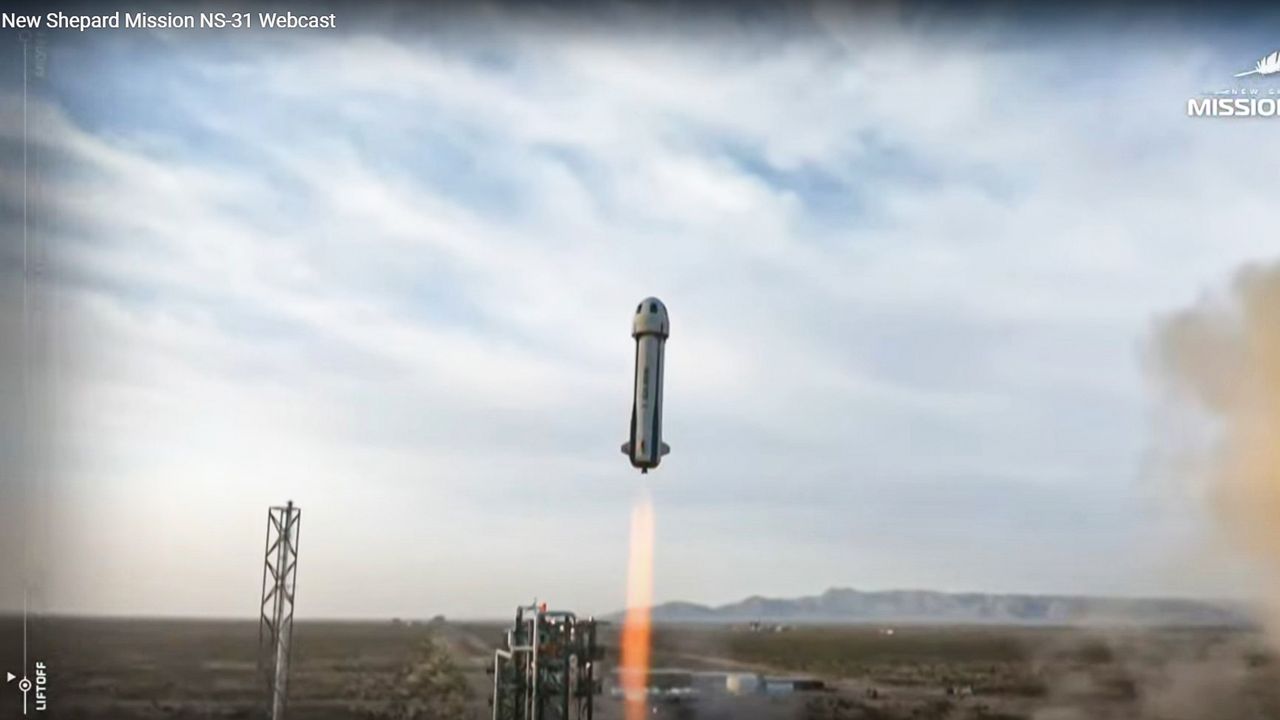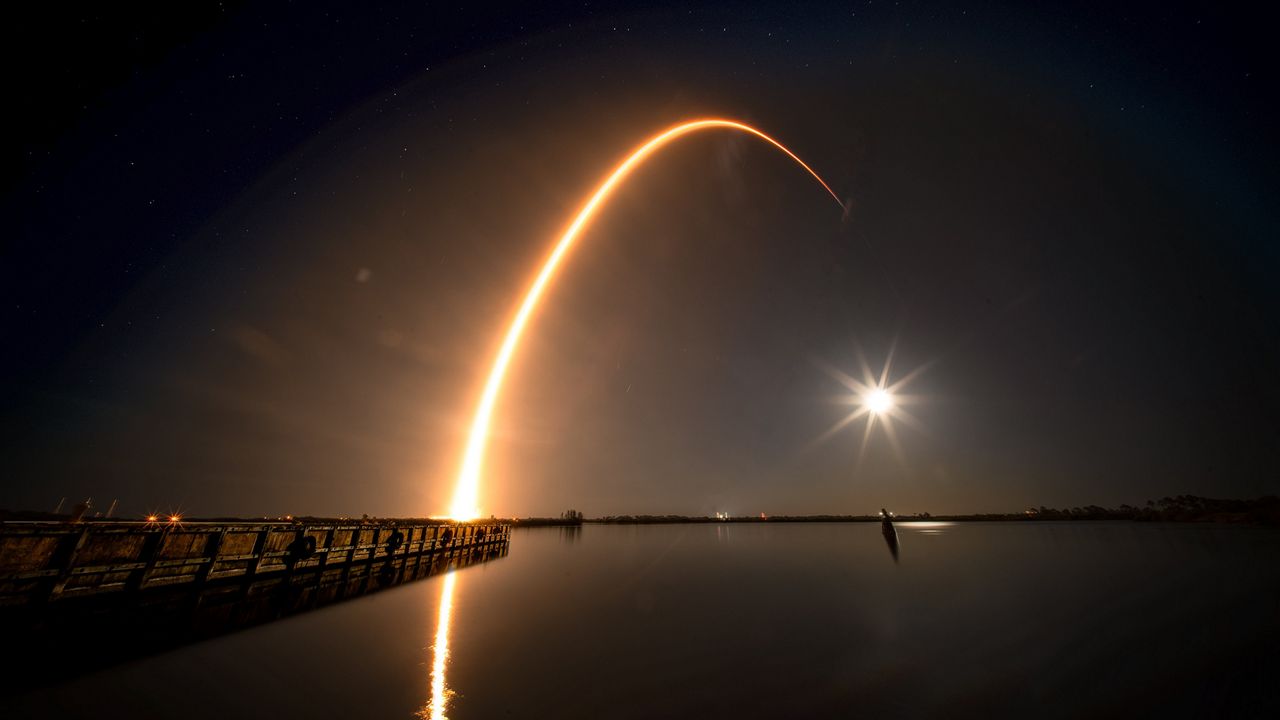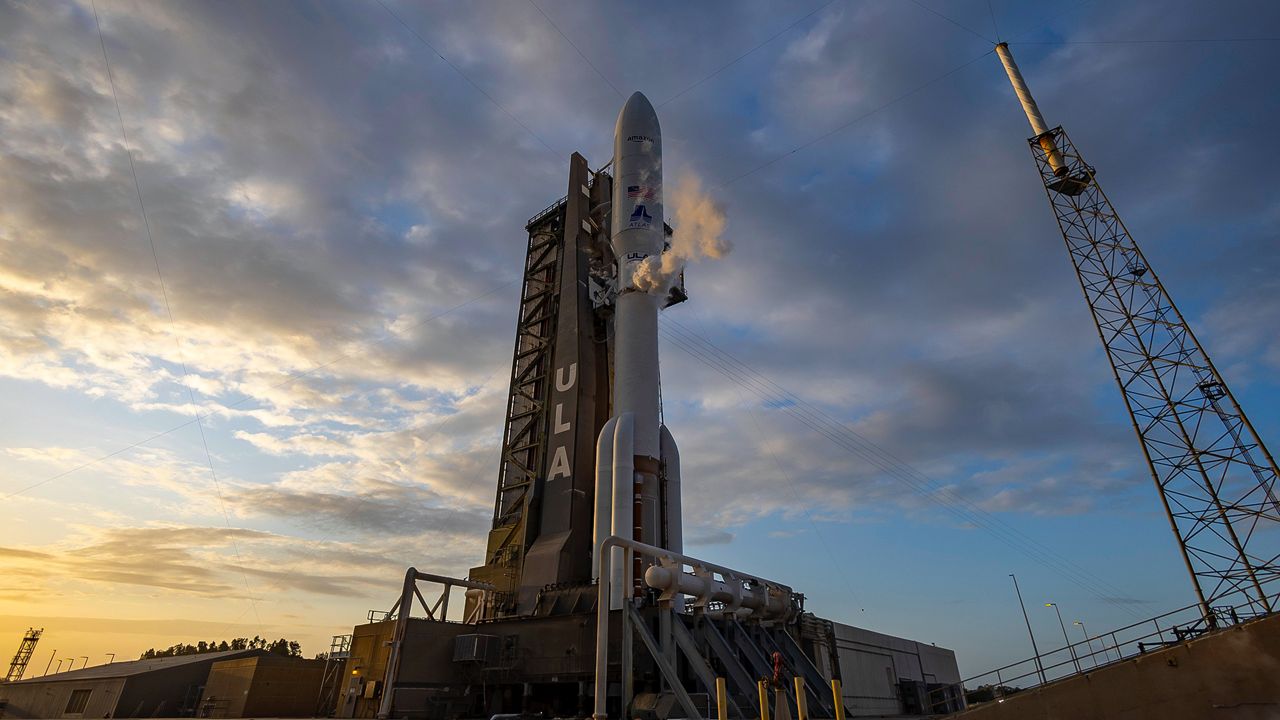CAPE CANAVERAL — SpaceX successfully launched more than 50 Starlink satellites Saturday night, ahead of Tropical Storm Ian that forced NASA to scrub the third attempt of the Artemis I moon mission.
What You Need To Know
- SpaceX sent 52 Starlink satellites into low-Earth orbit Saturday night
- The launch came just days before Tropical Storm Ian, which forced NASA to delay Artemis I again
- The Starlink satellites provide internet access to most parts of the planet
The company’s Falcon 9 rocket launched from Space Launch Complex 40 at the Cape Canaveral Space Force Station, sending 52 Starlink satellites into low-Earth orbit at 7:32 p.m. EDT.
WATCH: SpaceX successfully launched more than 50 Starlink satellites Saturday night. If you missed or would like to watch again, here you go! STORY: https://t.co/fmjMNR6hcU pic.twitter.com/WH1OoZGyYz
— Spectrum News 13 (@MyNews13) September 25, 2022
Bad weather prevented the last Starlink launch five times, but that was not an issue Saturday.
The SpaceX launch happened days before Tropical Storm Ian is expected to visit Florida. The storm forced NASA to scrub its uncrewed Artemis I launch on Tuesday.
First-stage booster B1073 has launched two other Starlink missions and the SES-22.
After the stage separation, the first stage of the rocket landed on the droneship A Shortfall of Gravitas that is stationed in the Atlantic Ocean.
Falcon 9’s first stage has landed on the A Shortfall of Gravitas droneship pic.twitter.com/nQDzzulOFk
— SpaceX (@SpaceX) September 24, 2022
About the mission
The Starlink satellites provide internet access to most parts of the planet, stated the company that is operated by SpaceX.
Before Saturday night’s launch, astronomer Dr. Jonathan McDowell, of the Harvard-Smithsonian Center for Astrophysics, recorded the following: 3,075 Starlink satellites are in orbit, with 3,029 that are working and 2,499 that are operational.




